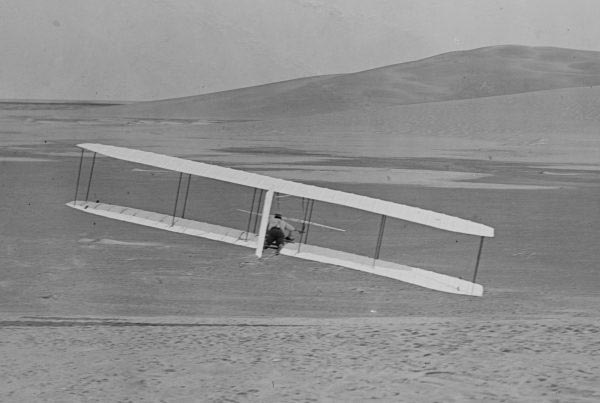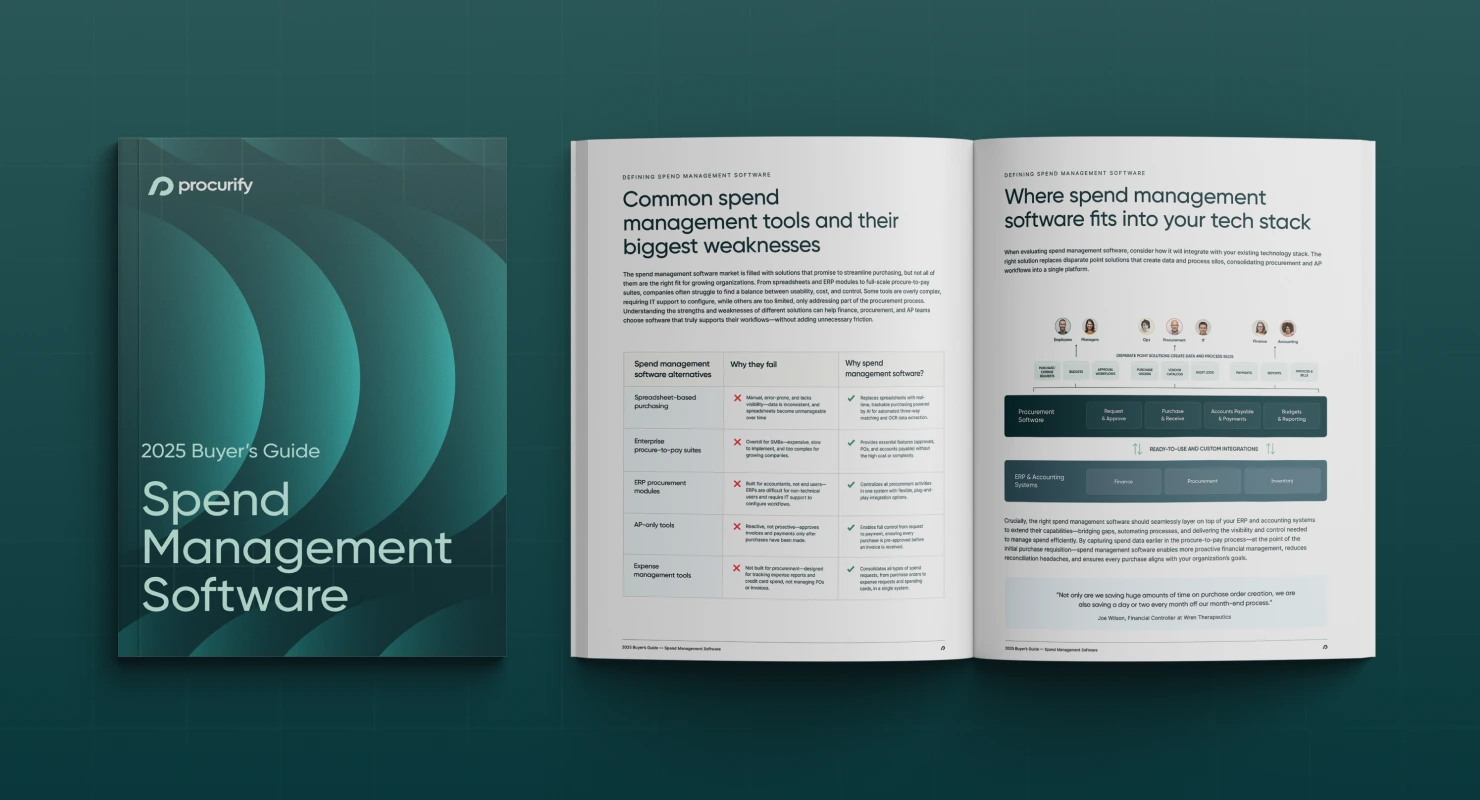How the Wright Brothers Went Wrong
The history of modern aviation begins on the cold and frigid morning of December 17, 1903, when the Wright Brothers made history by flying the very first machine-operated airplane for about 12 seconds.
It may have been the shortest flight in history but the Wright Brothers’ legend lived on and, it continues to this day. But history spares few pages for the daily and quotidian problems of its actors — and for the Wright Brothers, it was the slow and agonizing nature of public procurement that was arguably more frustrating than some of their iterations that crashed mid-flight.
Even as the Brothers Wright were the toast of newspapers, their attempts at obtaining the attention of the Department of Defense (what was then called the War Department) were met with a highly discouraging response. This was in 1905, when the Wright Brothers submitted an unsolicited proposal to the War Department for building a “flying machine of a type fitted for practical use”. The proposal was rejected. This was hardly surprising because even at their end, the Wright Brothers had little idea as to what protocol and procedures were to be followed in dealing with a purchaser (in this case, the War Department).
Not one to take rejection so easily, the Wright Brothers wrote back to the War Department emphasizing that their proposal had only been an “informal offer”. But, more importantly, and perhaps in a desperate attempt to get the department’s attention, the letter hinted that they might sell the aircraft to another country, with the caveat that they were “willing to take contracts from the War Department” for it.

Wilbur Wright, mounted here on a plane, attempts a turn during testing in 1902
The gamble, at least for the moment, seemed to pay off. The War Department responded to the proposal within a week and seemingly reproached the brothers by telling them that they should have, at the very least, provided a cost estimate, delivery date and drawings if they expected the proposal to receive any consideration.
Sensing that the War Department may be warming up to their idea, the brothers quickly fired off another letter, saying that they would need to know the department’s specifications before any formal proposal could be drawn up. Within five days, the War Department decided against formulating “any requirements for the performance of a flying machine or to take any further action on the subject until a machine is produced.”
That was the end of the correspondence and the Wright Brothers’ dream of building a fully functional airplane was shelved, if only temporarily. It wasn’t until two years later that the brothers would have their second encounter with the War Department.
In 1907, the War Department issued a Request For Proposal (RFP) to build a heavier-than-air flying machine that could accommodate two people. This time, the Wright Brothers were prepared and had done their homework. Not wishing to give the War Department any reason to reject them again, the brothers did their due diligence and prepared a detailed account of the plane’s technical details, a method to compute its flying speed in the wind, along with elaborate drawings and a photograph of a previous machine that they had built.
As it happened, the War Department found the Wright Brothers’ proposals fit, thorough and reassuring, and the brothers were inevitably given the historic contract.
Would the Wright Brothers have been able to land the contract at first go and, in turn, accelerate the course of history, if they had been more informed and aware of how to tackle procurement? Could they have prevented the loss of two years’ time if they had been more aware of how, as a supplier, they were meant to be more specific, detailed and systematic in dealing with the purchaser?
History is open to endless speculation. However, it’s fairly obvious that having a brilliant idea or having the blueprint for a ground-breaking piece of technology is not enough — there are legions of entrepreneurs, change-makers and disruptors who fail to realize their ideas because they lack the necessary support structure and knowledge base for their idea to become a reality. Procurement, in particular, is a type of business activity that suffers from neglect, information deficit, lack of planning and inefficiencies in even the most cutting-edge companies.
In the age of SaaS (Software As A Service), vital processes such as procurement can be automated and streamlined. Be it businesses, collectives, non-profits, or just everyday change-makers who are doing interesting things, there’s no reason to lose valuable time in creating and managing paperwork when SaaS such as Procurify can do it for you.
Just ask the 40-member team of undergrads at Cornell University, that designs prototype Mars Rovers for testing on the red dunes of the Utah Desert.

Called Ares, this prototype rover was built by undergraduate students at Cornell University
These students were struggling to keep track of the wide range of equipment — metal stock, circuit boards, resistors — necessary to build their rovers. For a team that works at the cutting edge of technology, it was still using Excel sheets and emails to keep track of their procurement needs.
And so last year, they approached Procurify with the suggestion that we offer them a free subscription. Yes, we thought it was cute too. But we also thought that what they were doing was incredibly cool and unreal.
So, we took a vote on it and gave them a free subscription. Since then, they’ve ditched Excel, and in doing so, liberated themselves from all the tedious, time-consuming paperwork and record-keeping that was keeping them from doing the ground-breaking work that they are meant to be doing.
The Wright Brothers must be red with envy.

2025 Spend Management Software Buyer’s Guide
Choose the spend management solution best suited to your organization’s needs with an overview of the 2025 software ecosystem, feature comparisons, and a free vendor capability evaluation checklist.
